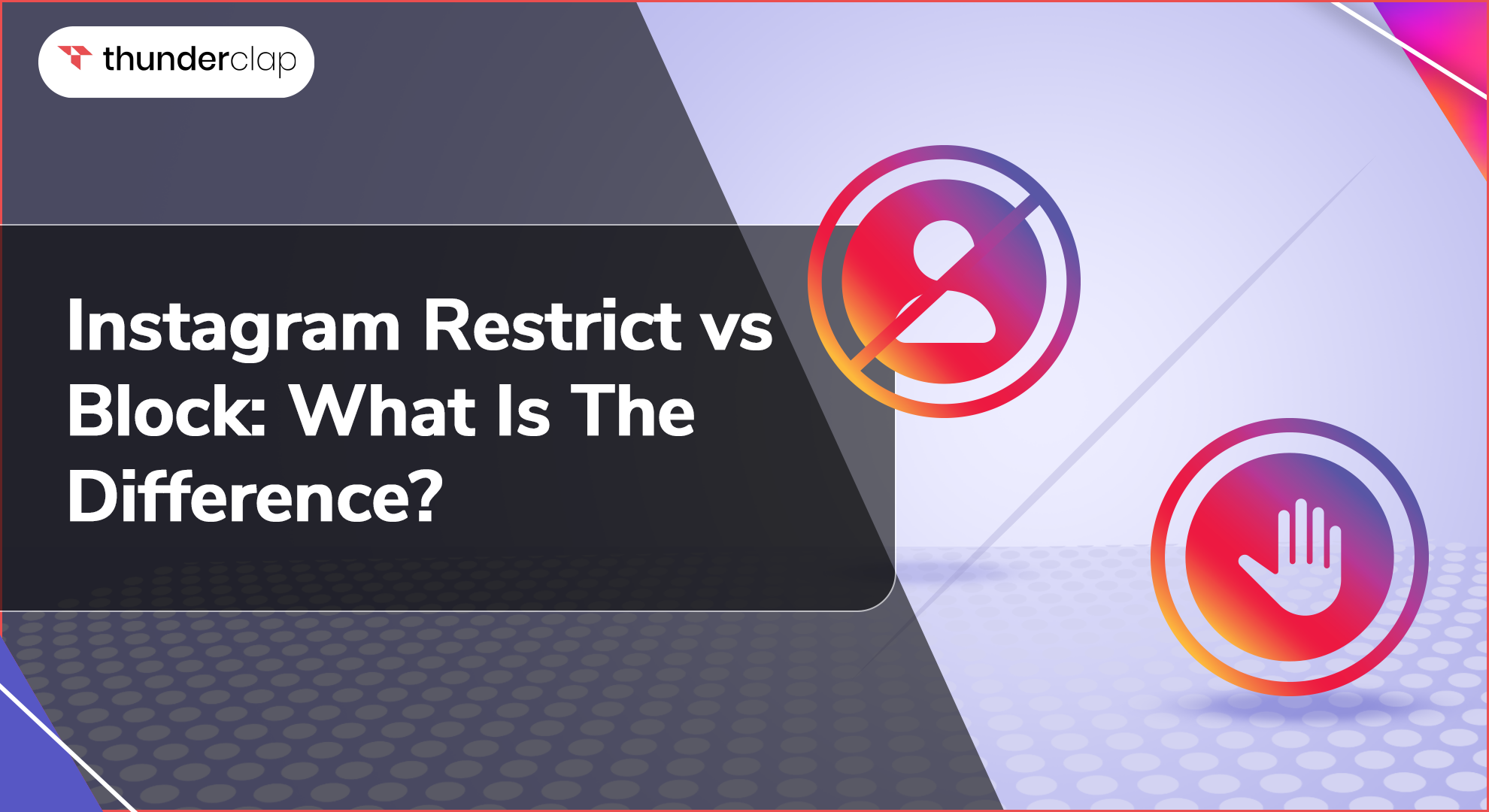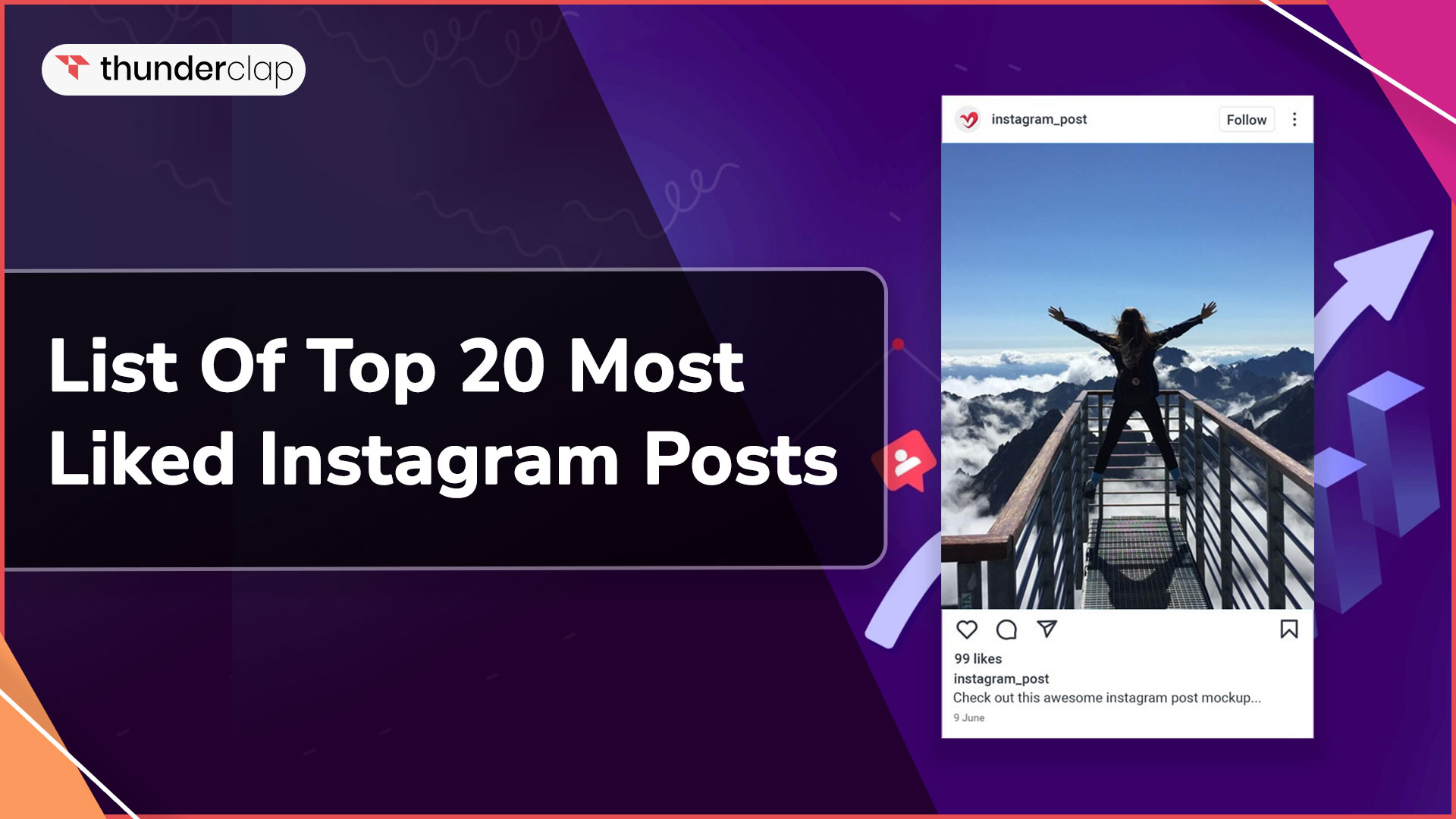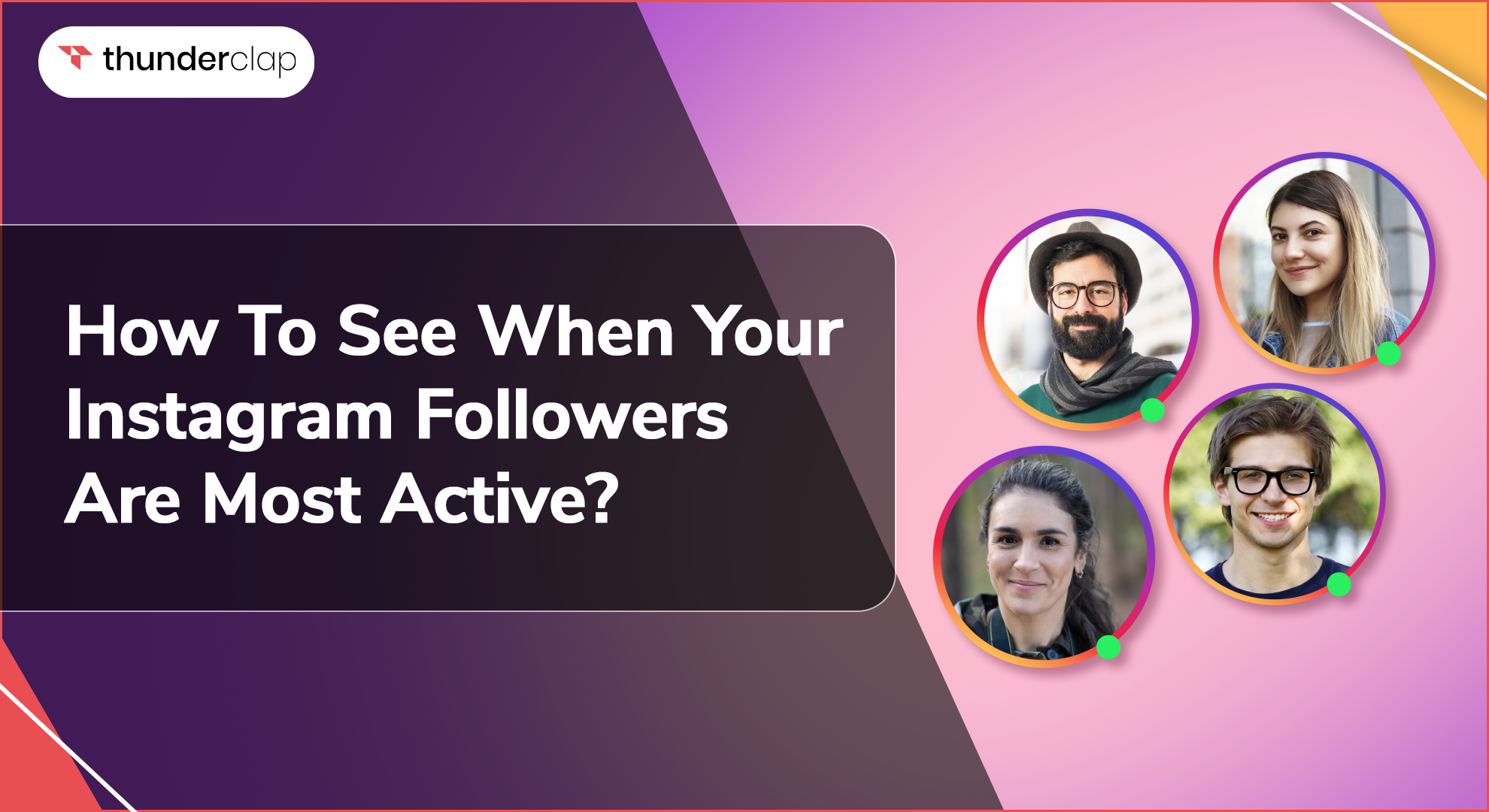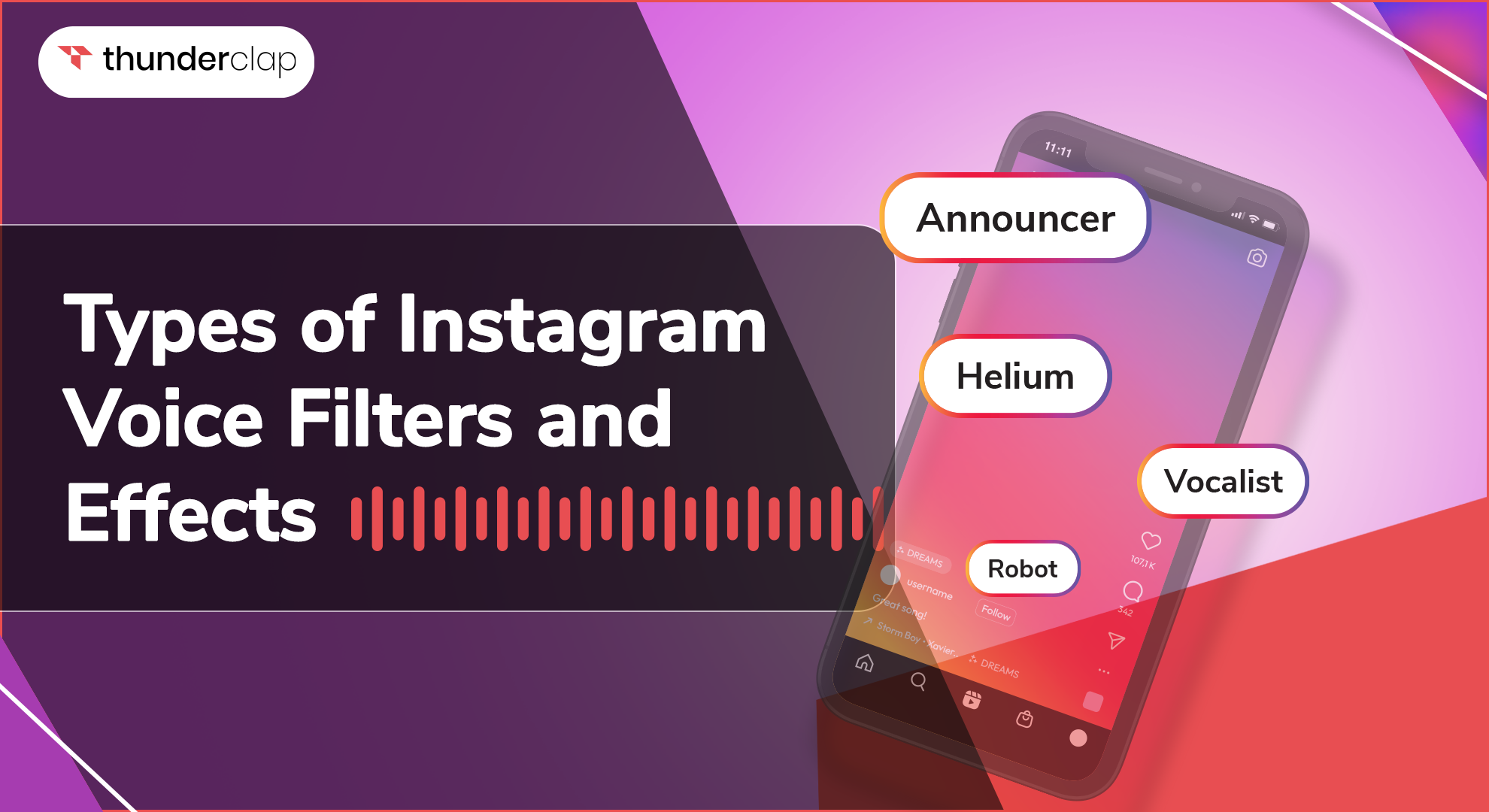
‘Instagram restrict vs. block’ is among the most debated actions of this social media century. People often know these terms may refer to separate actions; however, you may be unable to define where this distinction lies.
This article follows through each detail to appropriately concise what it means to be restricted vs blocked on Instagram.
Instagram is the fourth most visited website in the World's top website ratings. According to a report, about 66,000 images or posts are shared on this app per minute.
With such user preferences and the sheer volume of content shared, it is important to be able to restrict this data to the user’s preferred social circle.
Learning the difference between Instagram restrict and the block becomes essential to empowering the user in selecting and creating their individual media bubble.
What Does Block Mean On Instagram?
‘Block’ comes from an old French term, ‘bloc’ which refers to a huge piece of log or wood. It relates to physically putting a barrier in front of someone to deny them the access point to reach you.
Like the literal term, blocking someone on Instagram is a powerful tool to completely cut off communication and visibility.
When you block someone, you remove them from your Instagram life. They cannot see your profile, see your posts, message you, or engage with you in any way on the platform.
What Happens When You Block Someone On Instagram?
When you block someone on Instagram, Instagram takes multiple actions to ensure disengagement between you and the blocked profile. A blocked user cannot see your profile through a search.
If they try to link directly to your profile, they will get a message saying that the page is not available.
When a user is blocked, they are denied access to interact with your profile in any manner. For instance, they will not be able to see your content, such as stories, posts, and reels.
Any existing chat history with the blocked user will remain in your inbox, but you will not be able to send new messages or receive new messages from them.
In addition, you cannot be added to another group message, they cannot like, comment on, or interact with your posts in any way. Any remarks or likes from the blocked person on your preceding posts might be eliminated by the platform itself.
All previously made mentions, tags, and any such old activity other than past direct messages will also not be visible and will be presented as ‘user not found’ in case of a direct search for them.
How To Block Someone On Instagram
It is a fairly simple process to block someone on Instagram. The following is how a user can be blocked :
-
From Their Profile:
-
Step 1: Navigate to the profile of the individual you want to block.
-
Step 2: Tap the three dots in the top right corner.
-
Step 3: Select "Block" from the menu that appears.
-
Step 4: Confirm your selection.
-
From Settings:
-
Step 1: Go to your profile and faucet the 3 horizontal strains inside the upper proper corner.
-
Step 2: Select "Settings," then "Privacy."
-
Step 3: Under "Connections," tap "Blocked Accounts."
-
Step 4: Tap "Add New," look for the consumer, and block them.
If you wish, you can also unblock someone by complying with the identical steps but choosing "Unblock" instead. This will restore their ability to look at your profile and interact with your content as before.
What Does Restrict Mean On Instagram?
‘Restrict’ is derived from Latin, which means to confine or bind something fast. Like its literal origin, this action on Instagram is a quick-fix solution for someone with whom you do not want to interact much.
This feature is designed for conditions in which you want to limit interactions with other consumers without completely cutting them off. It provides a way to control problematic interactions more discreetly.
What Happens When You Restrict Someone On Instagram?
Restricting someone on Instagram is a much more discreet process than blocking them.
Once you restrict someone on Instagram, there won’t be many one-the-nose clues given to the restricted person. They can still have access to your profile and posts.
However, their engagement is greatly controlled. They can see your posts, stories, and reels, but their interactions with them are confined to your wishes.
Furthermore, messages from such users are moved to a separate section under ‘message requests,’ so you won’t receive notifications for these messages. Comments or engagements made by using restricted users for your posts will only be visible to them and you.
You should approve their comments if you want them visible to others. Thus, a restricted user may not know that their activity is being curbed in your profile, which gives you autonomy over your interactions with them.
How To Restrict Someone On Instagram?
Restricting someone can be done by multiple easy methods, such as follows:
-
From Their Profile:
-
Step 1: Go to the profile of the person you need to restrict.
-
Step 2: Tap the 3 dots in the upper right nook.
-
Step 3: Select "Restrict" from the menu.
-
From Comments:
-
Step 1: Swipe left on a remark from the user you want to restrict.
-
Step 2: Tap the exclamation mark icon and pick out "Restrict."
-
From Settings:
-
Step 1: Go to your profile and tap the three horizontal lines.
-
Step 2: Select "Settings," then "Privacy."
-
Step 3: Under "Connections," faucet "Restricted Accounts."
-
Step 4: Tap "Add New," look for the consumer, and restrict them.
Difference Between Instagram Restrict vs Block
Certain key elements define the difference between restrict and block on Instagram. The following table showcases some of these key elements:
Instagram block vs restrict - How Is Restricting An Account Different From Blocking?
Though restrict vs block Instagram features sound similar and is introduced for the common goal of limiting unwanted interaction with profiles on the platform, a clear comparison between blocked vs restrict instagram tools can be obtained by taking the following aspects into account:
-
Profile Access
-
Blocked Users: They completely lose admission to your profile. They cannot look for, view, or interact with your profile or any of its content material.
-
Restricted Users: These users retain the potential to view your profile and content. They can see your posts and memories as ordinary.
-
Content Visibility
-
Blocked Users: They cannot see any of your posts, tales, or highlights. All your content becomes invisible to them.
-
Restricted Users: While they can see your content material, their interactions (likes and remarks) are managed. Their feedback is only visible to them if you approve of it.
-
Messages
-
Blocked Users: Such profiles cannot send you direct messages or upload you to new group messages. Existing message threads will stay but be inactive.
-
Restricted Users: They can nevertheless send you messages, but they will visit your message requests. You gain access by getting notifications for those messages, and they may not see if you’ve screened through them.
-
Comments
-
Blocked Users: These users cannot touch upon your posts, including the ones they previously had access to. Any past comments or likes are also removed.
-
Restricted Users: These users can comment, but their comments are only visible to them and you. You can pick to approve remarks if you want them to be seen by others.
-
Activity Status
-
Blocked Users: They cannot see your online presence, any of your liked posts, or if you’ve read their messages.
-
Restricted Users: They also can't see your online presence or in case you’ve studied their messages, preserving a stage of privacy without completely severing your online relationship.
-
Tagging and Mentions
-
Blocked Users: Such users cannot tag you in posts or mention you in comments or captions.
-
Restricted Users: Such users can still tag and mention you, however, these interactions are much less prominent, and you've got greater control over their visibility.
-
Notifications
-
Blocked Users: These profiles are not notified while they are blocked. They will understand that they are blocked as they would not see your profile or be able to interact with you.
-
Restricted Users: These profiles are also not notified when they're restricted. They can nonetheless engage along with your content material, but their interactions are subtly confined without them being aware of the same.
When To Use Instagram Block Feature?
The Instagram Block feature is like a one-point solution to problems related to safety, privacy, or peace of mind. It is of great use in situations where you want to reduce interaction with any user or feel harassed.
If a person is harassing you or sending threatening messages, blocking them will immediately prevent all interactions. Other incidents could include stalking on social media or sharing inappropriate content material or feedback on your posts.
In such cases, blocking them guarantees they can not see your posts or contact you. Many times, spam profiles are made of the contacts you follow; in those cases as well, blocking the impersonator would be the best call of action.
When To Use Instagram Restrict Feature?
The Restrict feature of Instagram is used to subtly tackle unwanted users. You can consider using this action in cases of trolling, mild discomfort, or combating unwanted attention.
In case a person is trolling your posts with terrible feedback, restricting them hides their remarks from others without escalating the situation. Also, for handling users who consistently message or comment without crossing severe obstacles, limiting can provide a remedy without full confrontation.
Other alternatives to restricting and blocking on Instagram
Instagram offers many other tools to combat unwanted interactions on the platform. These tools range from completely dissipating contact with someone on Instagram to just excluding them from certain posts made by you. Following are the alternatives one can ascribe to:
-
Report Accounts To Instagram
If a user violates Instagram's code of conduct, you can report their account for review. Instagram will check out and take a suitable course of action, which may also ban the person.
-
Switch To Private Account
Making your account personal means that only the human beings you approve of, can follow you and see your activity. This gives a foolproof guard against unwanted interactions.
-
Mute Specific Accounts
Muting certain accounts can allow you to hide their posts and stories from your feed without unfollowing them. This is useful for averting content without making a public statement and can be done in case of simple disinterest towards a profile.
-
Use Close Friends Feature
Through the close stories feature, you can individually select whom to share your content with. This can be an effective feature when you want to keep a selected few updated about certain aspects of your profile.
In this manner, you do not need to eliminate someone but can still keep yourself out of their reach.
-
Filter Comments Using Instagram Feature
Instagram lets you clear out remarks primarily based on keywords you pick. This feature helps in coping with spam or unwanted remarks that might contain your personally selected banned words.
-
Restrict Tagged Photos
You should manage who can tag you in photographs and review tags before they appear on your profile. This enables you to handle undesirable tags and retain your profile’s appearance.
Conclusion
Instagram allows you to create your online persona, interact with like-minded people, and acquire your desired social place. Thus, knowing how to navigate its waters and which tools to use when could be very helpful.
Instagram’s restrict and block features are both powerful tools in their own ways. By understanding the key differences between restricting and blocking on Instagram, your decision-making process regarding certain profiles is made extremely easy.
To set boundaries is one the healthiest forms of self-love and respect. While we choose to do so in real life, it could often slip our minds to the same with our online presence.
By setting two different layers of boundaries on our Instagram profile, we can effortlessly feel at ease and comfort online.
Also, through methods other than just blocking and restricting accounts, one can ensure that their experience on the site is free of constraints and mistreatment.
 Written By Lucas Dupont
Written By Lucas Dupont
 0 comment
0 comment
 Publish Date : July 08, 2024
Publish Date : July 08, 2024
 27 min read
27 min read
 List of Top 20 Most Liked Instagram Posts In 2024
List of Top 20 Most Liked Instagram Posts In 2024
 Alexander Noah
Alexander Noah
 3rd Apr
3rd Apr
 How To See When Your Instagram Followers Are Most Active?
How To See When Your Instagram Followers Are Most Active?
 Types of Instagram Voice Filters and Effects
Types of Instagram Voice Filters and Effects
 Olivia
Olivia